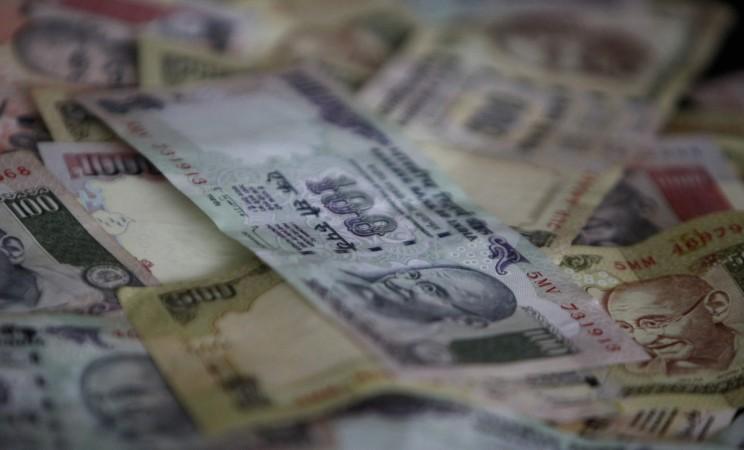
The Narendra Modi government has finally cleared the decks for the payment of enhanced salary to Central government employees and pensioners in accordance with the recommendations of the 7th Central Pay Commission (CPC). The salary hike will be effectively from January this year, according to a notification issued on Tuesday.
The government will pay the 16 percent pay hike for 47 lakh government employees and 24 percent increase in pension for about 53 lakh pensioners, laying to rest speculations over the issue.
The minimum monthly salary, as proposed by the 7th CPC, will be Rs. 18,000 as against Rs. 7,000 currently, though this has been contested by government employees as translating into little benefits since the basic salary and the dearness allowance in the new pay structure.
"They shall be deemed to have come into force on the 1st day of January, 2016," the notification said. The fitment factor remains at 2.57.
Employees will get increment twice every year, on Jan. 1 and July 1.
As for allowances, the government appointed a high-level committee headed by the finance secretary early this month to look into the issue. The formation of the committee followed discussions between senior ministers and trade unions on June 30 in the context of the unions threatening to go on an indefinite strike from July 11.
"They (trade union representatives) had requested that certain issues raised by them in relation to the pay scales and other recommendations of the Pay Commission be allowed to be raised before a Committee of Secretaries looking into different aspects of grievances of employees in relation to the Pay Commission recommendations.
"The Ministers assured the Union leaders that the issues raised by them would be considered by a High Level Committee," the government said in a statement that led to the withdrawal of the plan to strike.
The news is poised to lift market sentiments on Wednesday, given that the enhanced salaries are expected to drive consumption in India in the next few months, benefiting sectors such as automobiles, consumer goods and even bullion.

















